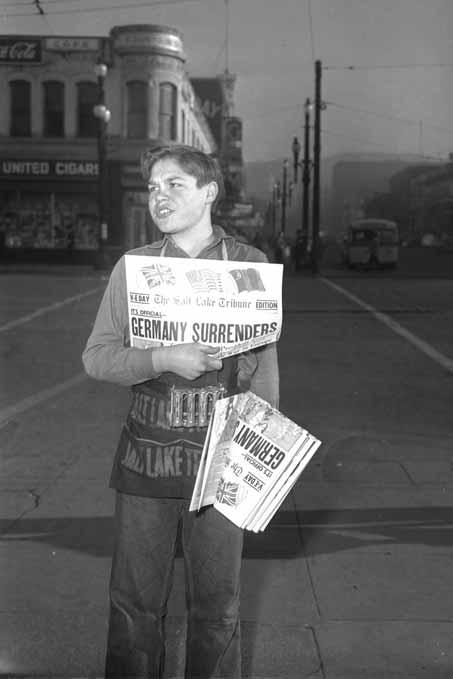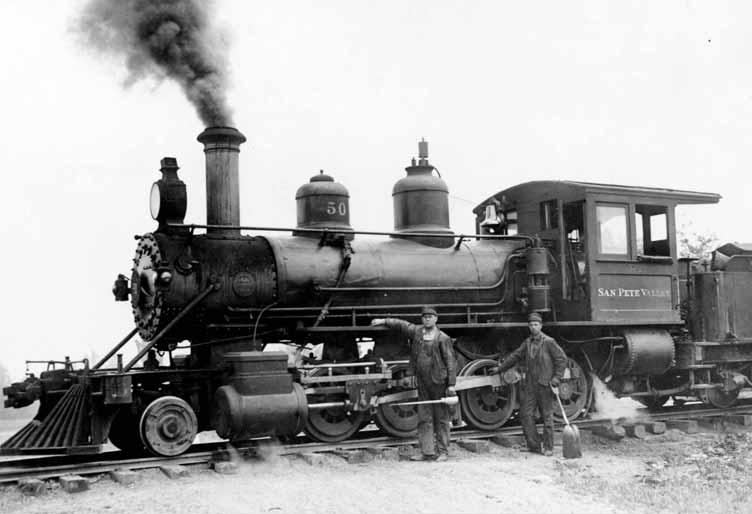
3 minute read
In This Issue
Robert J. Dwyer is remembered as an official of the Utah State Historical Society, frequent contributor to the Utah Historical Quarterly ,and author of The Gentile Comes to Utah: A Study in Religious and Social Conflict (1861-1890).This classic, along with Leonard Arrington’s Great Basin Kingdom, still remains the two basic studies of 19th century Utah. The first article in this issue looks at the career of Robert Dwyer as a Utah historian and places that career in the context of his remarkable life as an American religious leader that began as the first native Utahn to be ordained a Roman Catholic priest and continued through his ministry as Archbishop of Portland, Oregon.
Two cherished tenants of American life are the opportunity for learning and a responsibility for political action. The Blue Tea, Utah’s first women’s literary club, was established in 1875 and its officers soon launched an ambitious study program for the twenty-five members of this exclusive club. While members increased their knowledge and established deep friendships, controversy and conflict arose. Political and social issues attracted more and more attention and in 1880 Jennie Anderson Froiseth, the club founder, became the driving force for the monthly Anti-Polygamy Standard ,which served as the official newspaper for the Anti-Polygamy Society. Our second article provides a fascinating view of the Blue Tea and its struggles.

Salt Lake Minute Women’s Float in military parade, Main Street, Salt Lake City, October 1943.
SALT LAKE TRIBUNE COLLECTION, UTAH STATE HISTORICAL SOCIETY
After the United States entered World War II in December 1941,Utah women were called to action as volunteers in the home war effort. Through an effective and committed statewide organization of Minute Women, Utah women marshaled resources and secured materials that helped tip the scales for an American victory. Our third article chronicles the efforts of Salt Lake City Minute Women to collect tin cans, cooking fat, nylons, and other salvage items from scrap metal to worn out cloths and burlap sacks as part of America’s total war effort.
With our network of highways and interstate routes and our high-speed, comfortable vehicles, it is hard to imagine what the construction of the Sanpete Valley Railroad meant to wagon travelers in central Utah a century ago. No doubt it was profound and exciting. Nevertheless, this new form of transportation, as our concluding article illustrates, encountered its own challenges and adventures as trains chugged their way between Nephi and Manti and into the hearts of a past generation of Utahns.

Salt Lake Tribune newspaper boy sells headline newspaper on Main Street, Salt Lake City, declaring victory in Europe, May 8, 1945.
SALT LAKE TRIBUNE COLLECTION, UTAH STATE HISTORICAL SOCIETY
In this first issue for 2003,we come to know an important Utah historian and religious leader, observe the political activities and intellectual pursuits of Salt Lake City society women of the nineteenth century and the work of patriotic-minded women in the twentieth century. Finally, we board one of Utah’s rural railroad trains for a nostalgic trip from Nephi up Salt Creek Canyon, across the divide, and down through Sanpete Valley. Enjoy the ride.






